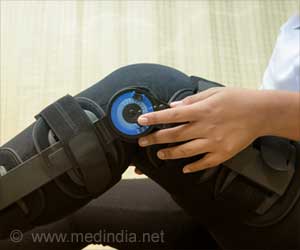New devices called stent retrievers, which effectively reverse strokes, have revolutionized the treatment of certain stroke patients.

TOP INSIGHT
New devices called stent retrievers, which effectively reverse strokes, have revolutionized the treatment of certain stroke patients.
These new devices effectively reverse strokes and have revolutionized the treatment of certain stroke patients, revealed an article in the journal Expert Review of Neurotherapeutics.
"Stent retrievers are a major advance in acute ischemic stroke care and will have significant impact on the evolution of stroke systems of care," according to the article by Loyola Medicine neurologists Rick Gill and Michael J. Schneck. Dr. Gill is the outgoing chief resident and Dr. Schneck is a professor in the Department of Neurology of Loyola University Chicago Stritch School of Medicine.
Loyola used stent retrievers on 34 patients in 2015, and 21 patients during the first six months of 2016.
"With the advent of stent retriever devices, there has been a paradigm shift in the utilization of endovascular therapies for acute ischemic stroke," Drs. Gill and Schneck write. (Endovascular refers to catheter-based surgery.)
The clot-busting drug tPA can restore blood flow and limit stroke damage, if it is given within 4.5 hours of the onset of the stroke and the clot is small enough. (If the patient is older than 80, the cutoff time is three hours.) But in many patients, tPA either would not be safe to take, or would not be sufficient by itself to restore blood flow. In such patients, stent retrievers often can be used to remove the clot.
Stent retrievers also will affect where stroke patients are treated. Paramedics will play an important role in routing higher severity stroke patients, who could benefit from stent retrievers, to centers that have the capability to perform neuroendovascular procedures, Drs. Gill and Schneck write.
Source-Eurekalert
 MEDINDIA
MEDINDIA




 Email
Email










